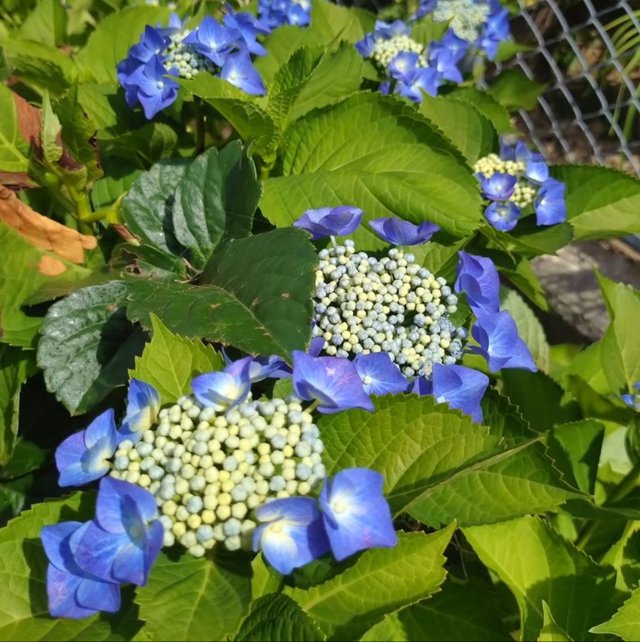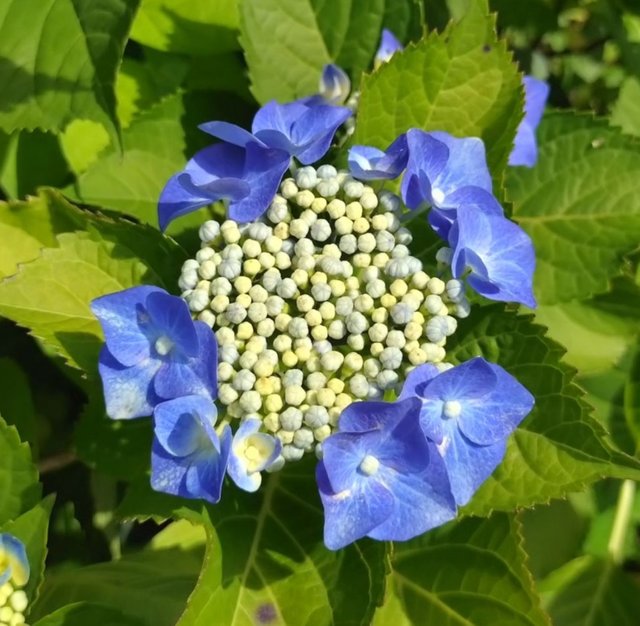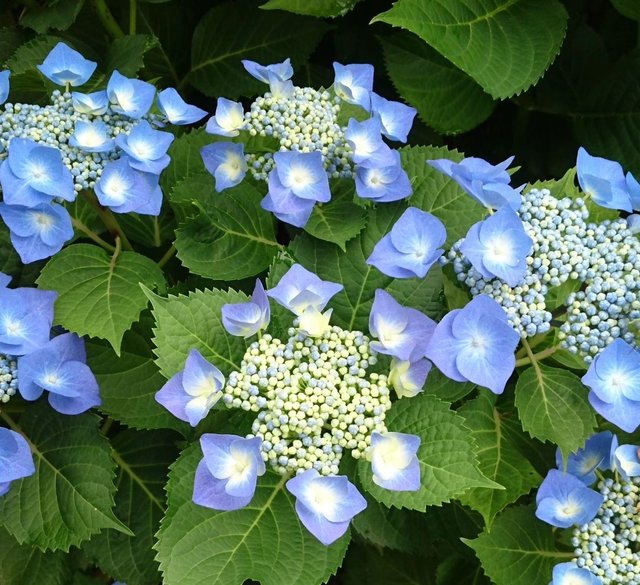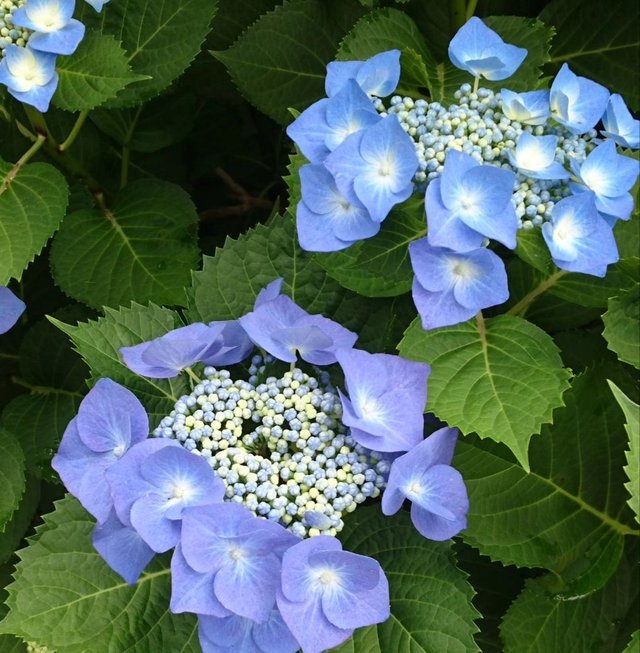Tea of Heaven: An Exploration of its Origins, Varieties, and Cultural Significance
Introduction
Tea of Heaven, often referred to as "Heavenly Tea," embodies an ethereal quality, conjuring images of tranquility, purity, and celestial delight. This term is generally used to describe premium, high-quality teas that are revered for their exceptional taste, aroma, and beneficial properties. In this comprehensive exploration, we'll delve into the origins of this mystical beverage, examine its various types, and uncover its profound cultural significance.
Origins of Tea of Heaven
The concept of Tea of Heaven has its roots deeply planted in ancient Chinese tea culture. The origins of tea itself are often traced back to China, where legend credits Emperor Shen Nong with the discovery of tea around 2737 BCE. As the story goes, leaves from a wild tea tree blew into his pot of boiling water, and the resulting infusion delighted him with its refreshing flavor and invigorating properties.
Over centuries, the cultivation and appreciation of tea evolved, leading to the development of various types of tea, each with unique qualities. In this context, "Tea of Heaven" emerged as a term to denote those rare, superior teas that stood out due to their exceptional characteristics.
Varieties of Tea of Heaven
Dragon Well Tea: This green tea from Hangzhou, Zhejiang Province, is celebrated for its flat leaves and delicate flavor. It’s renowned for its high quality and has often been given as tribute to emperors, earning it a reputation as a heavenly tea.
Tieguanyin: Originating from Anxi in Fujian Province, this oolong tea is known for its floral aroma and complex flavor profile. It’s named after the Buddhist deity Guanyin and is considered a tea of great spiritual significance.
Da Hong Pao: A famous oolong tea from the Wuyi Mountains in Fujian Province, Da Hong Pao is highly prized for its rich, robust flavor and unique aroma. The original trees are said to be so rare and valuable that their tea is often called a gift from heaven.
Gyokuro: This high-grade Japanese green tea is shaded from sunlight for several weeks before harvest, resulting in a tea with a sweet, mellow flavor and a vibrant green color. Gyokuro translates to "jade dew," reflecting its esteemed status.




Thanks For Reading
Device Information
| Device | Redmi Note 10 Pro |
|---|---|
| Lens | 64 mp |
| Location | Bangladesh |

Wow, that is a unique and compelling flower.
Downvoting a post can decrease pending rewards and make it less visible. Common reasons:
Submit